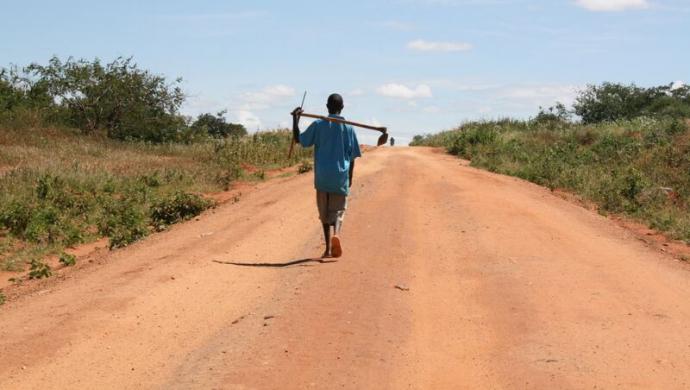Chinas impressive economic achievements have left women lagging behind, according to an unprecedented United Nations report on China, launched jointly Thursday in Beijing by the UN and the Government of China, states a presse release from UNDP.
Gender discrimination contributes to disproportionate poverty rates among elderly women and rising female suicide rates, while skewing the gender balance among newborns, with severe demographic consequences for Chinas future, the Report says.
The 45-page report, Millennium Development Goals, Chinas Progress, offers a candid picture of Chinas progress toward meeting the Millennium Development Goals, a concrete agenda adopted by the worlds leaders in 2000 to reduce poverty and improve the lives of the worlds poor.
The report on China notes that the country will probably achieve most of the Millennium Development Goals by 2015.
Some targets such as primary education have already been achieved, 13 years ahead of schedule. But China may not be on track for halting and reversing HIV/AIDS, promoting gender equality and providing safe drinking water to its rural populations.
The development picture for women is also mixed, the report notes: Gender gaps are widening, and the aging of Chinese society is posing an increasing challenge because the elderly are disproportionately poor and female, with widows and unmarried, childless women among the most economically vulnerable.
The widely noted increase in the margin of newborn boys over girls “has serious implications for the future,” the Report warns.
Sexual predetermination of newborns is illegal in China, but widespread: The government estimates that the sex ratio is about 116 boys for every 100 girls.
– The shortage of women will have enormous implications on Chinas social, economic and development future, said UN Resident Coordinator Khalid Malik. – In the next decade, we could have as many as 60 million missing women. People are exercising their preferences, but the consequences for society are huge, added he.
High female suicide rates may relate to difficulties women face from the failure to produce a male child, insufficient land tenure rights, family violence, or to work-related problems, the report states, calling for urgent response to the problem.
The report also notes:
The maternal mortality rate continues to decline, having dropped from 89 per 100.000 live births in 1990 to 50 per 100.000 in 2001. The proportion of births attended by skilled health workers in hospital increased 25 percent between 1990 and 2001.
In remote parts of the western provinces, however, women still have limited access to emergency obstetric care, usually delivering their children at home with no skilled health worker in attendance.
Gaps persist in the ratio of girls to boys for school enrolment, particularly between different regions and provinces.
Women comprise 45 percent of Chinas workforce, much higher than the world average of 35 percent. Womens incomes average only 80 percent of mens, however.
Roughly 36 percent of all Chinese officials are women, and women held 22 percent of the seats in the National Peoples Congress in 2002. Even so, there is only one woman Politburo member and one woman state councilor, reflecting a scarcity of women at the senior levels of leadership.
The Report takes note of government strategies to support womens rights. These include guaranteed equal opportunities for men and women in the labour law, and guaranteed womens political, social and cultural rights.
New initiatives are helping to promote education of disadvantaged groups, with built-in inspection systems to ensure equity. Efforts are underway to protect womens reproductive health through programmes to increase womens understanding of topics related to womens health.
The Report outlines efforts that might be followed for the country to reach the Millennium Development Goal pertaining to gender equality:
Reach out to remote and minority areas where girls lag behind boys in school enrolment and matriculation.
Introduce gender and discrimination issues in teacher training and textbooks.
Ensure implementation of existing laws and policies dealing with equality in the workplace.
Protect elderly women against discrimination in property rights and inheritance.
Prevent vulnerable young women, especially migrants with little education, from becoming infected with HIV/AIDS.
Address the high female suicide rate in China as a serious gender issue in need of urgent analysis and response.
Reduce incentives for prenatal sex selection.
The Millennium Development Goals, to be achieved by 2015, include: halving extreme poverty and hunger; achieving universal primary education; promoting gender equality; reducing under-five mortality by two-thirds; reducing maternal mortality by three-quarters; reversing the spread of HIV/AIDS, malaria and TB; ensuring environmental sustainability; developing a global partnership for development, with targets for aid, trade and debt relief.
UNDP is the UNs global development network, advocating for change and connecting countries to knowledge, experience and resources to help people build a better life. UNDP is on the ground in 166 countries, working with them on their own solutions to global and national development challenges. As they develop local capacity, they draw on the UNDP and its partners.
For more info on UNDP: www.undp.org















